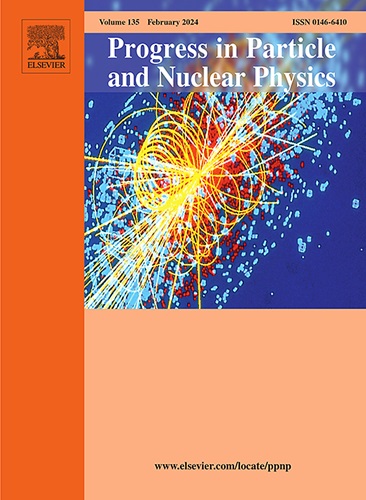Reactor antineutrinos have played a significant role in establishing the standard model of particle physics and the theory of neutrino oscillations. In this article, we review the reactor antineutrino flux and in particular the reactor antineutrino anomaly (RAA) coined over a decade ago. RAA refers to a deficit of the measured antineutrino inverse beta decay rates at very short-baseline reactor experiments compared to the theoretically improved predictions (i.e. the Huber–Mueller model). Since the resolution of several previous experimental anomalies have led to the discovery of non-zero neutrino mass and mixing, many efforts have been invested to study the origin of RAA both experimentally and theoretically. The progress includes the observation of discrepancies in antineutrino energy spectrum between data and the Huber–Mueller model, the re-evaluation of the Huber–Mueller model uncertainties, the potential isotope-dependent rate deficits, and the better agreement between data and new model predictions using the improved summation method. These developments disfavor the hypothesis of a light sterile neutrino as the explanation of RAA and supports the deficiencies of Huber–Mueller model as the origin. Looking forward, more effort from both the theoretical and experimental sides is needed to fully understand the root of RAA and to make accurate predictions of reactor antineutrino flux and energy spectrum for future discoveries.


